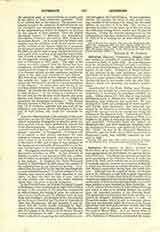

Catherick, EDMUND, VENERABLE, English priest and martyr, b. probably in Lancashire about 1605; executed at York, April 13, 1642. He was descended from the old family of Catherick of Carlton and Stanwick, in the North Riding of Yorkshire, known for its loyalty to the Faith. Educated at Douai College, he was ordained in the same institution, and about 1635 went out to the English mission where he began his seven years’ ministry which closed with his death. During this time he was known under the alias Huddleston, which was probably his mother’s maiden name.
Apprehended in the North Riding, near Watlas, Catherick was brought by pursuivants before Justice Dodsworth, a connection by marriage—possibly an uncle. Gillow states (IV, 310) that it was through admissions made to Dodsworth, under the guise of friendship, that Catherick was convicted. He was arraigned at York and condemned to death together with Father John Lockwood. The execution was stayed by the king for a short time, but he finally signed the warrant and it was carried out during his presence at The Manor in York. Catherick and Lockwood were dragged through the streets of York on a hurdle to the place of execution and hanged, drawn, and quartered. Catherick’s head was placed on Micklegate Bar, and what fragments remained, after the hangman’s butchery, were buried at Toft Green. The “body” is now at St. Gregory’s Monastery, Downside, and the skull, said to have been found at Hazlewood Castle, was carefully examined by Lingard in 1845.
E. F. SAXTON,

